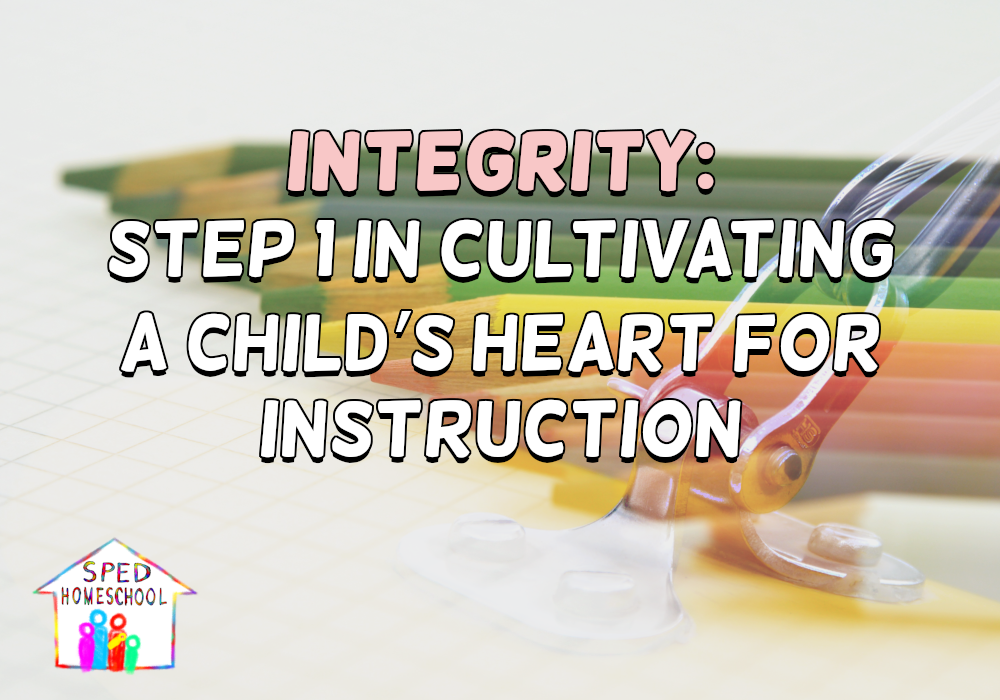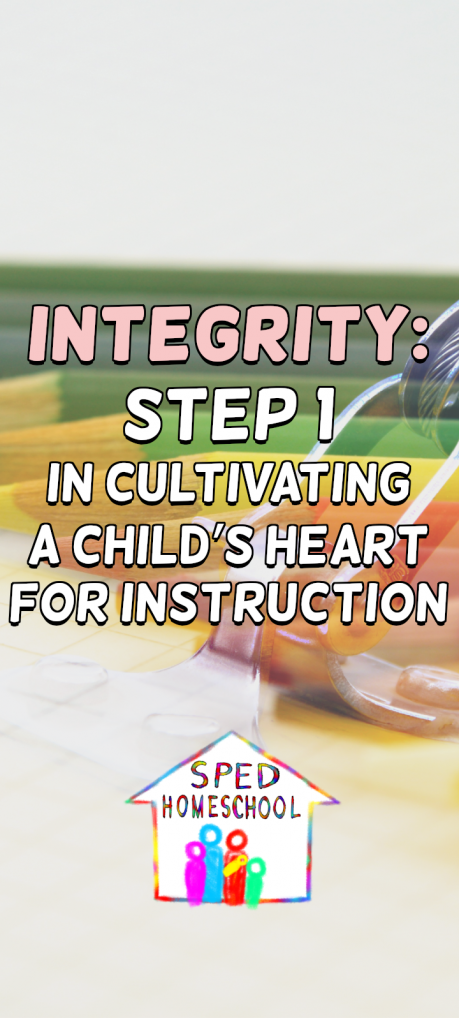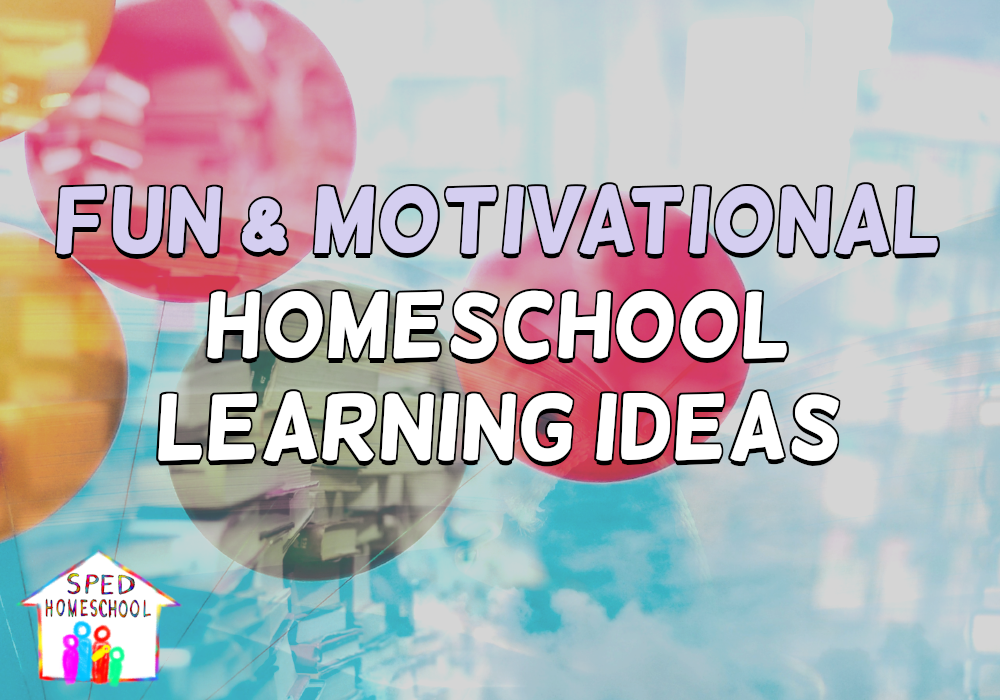Teaching a child how to write is one of the biggest focuses we have in education. Children with special needs usually have some stumbling blocks in their way when it comes to learning this important skill. Understanding where your child is developmentally, and then knowing how to work with them starting where they are is integral in teaching them how to write. This is the first post in a series that will outline the major milestones in learning to write to help you identify your child’s needs.
Before children learn how to write, they have to learn a few other skills first. Most children develop these skills pretty naturally, but breaking down the writing process will help with identifying specific sub-skills and how to help children develop them.
Fine Motor Skills
The biggest obstacle to pre-writing skills is an underdeveloped set of fine motor skills. In order for a child to be able to hold a writing utensil and have control over what that pencil or crayon does, he or she needs to have developed the ability to use their fingers and hands in complex ways. There are many ways you can encourage this development with things you already have around your house. Here are some ideas:
Pinching Tools
Using tweezers or clothespins to move objects can be done in many different ways. Use pom poms, small toys, small items of food, or anything else you have around the house. Having a child move objects with a tweezers or clothespins might be frustrating at first, but keep practicing!
Stickers
Stickers actually take a lot of fine motor abilities. Having a child peel the stickers off the paper on their own and then put them on a paper (following a circle or zigzag line you draw on the paper is even better) is another way to promote fine motor development.
Eyedroppers
Using an eyedropper to fill up a small container (or even the tops of Duplo Blocks works too) is a great way to keep a child engaged in fine motor learning.
Threading
You can use actual threading cards made for this purpose, but you can also put beads on yarn, penne pasta on spaghetti, pipe cleaners in a colander, or anything else you can think of to do.
You can find more ideas on our Pinterest boards for Handwriting and OT to help you in this area.
Writing Roadblocks
Another thing that your child may have to learn is actually using a writing utensil for its intended purpose. My son had a hard time with this aspect of learning to write. There are many reasons that your child might be struggling.
Fear of Mistakes
I think my son still fits into this category. When we color or paint or write, he always just wants to dictate to me what parts of the picture need to be each color. He sees things exactly how he wants them to be in his head, and he knows that he is more likely to get outside the lines or not execute it perfectly because of his fine motor skills, so he won’t even try. We still struggle with this, but I have found printing off two of the exact same coloring pages online and having one that I do the way he wants it to be helps him overcome this problem. He knows he will get one that is exactly how he wants it, so he is more willing to try himself.
Need for Modifications
Some people need modifications made to the writing utensil to make it more comfortable. There are pencil grips that help with this, and they come in different shapes to meet different needs. There are also crayons that are bigger that are helpful for people who are really struggling to hold a writing utensil.
Lack of Interest
Some children are just more interested in writing than other kids. This is okay! Finding things a child cares about and using those interests in learning to write will help a child stay focused for longer periods of time.
Practice Activities
Understanding that writing has a purpose beyond scribbling or coloring might be another obstacle to overcome. In order for children to be able to write letters, they need to have the focus and dexterity to copy shapes. Here are some activities that might help them develop this understanding:
Push-Pin Maze
Put paper on a small bulletin board and then put push pins through the paper. Have them draw around these obstacles to make it from one side of the paper to the other.
Tracing Activities
There are a lot of free printables online with very simple tracing activities so a child can practice copying strokes.
Art Books
“Learn to Draw” books are great for writing stroke practice as long as they are very, very simple (or better yet, make your own where you draw a snake or a beach ball in 3 steps for your child to follow).
Sing & Draw
The song “Do As I’m Doing” can also be modified from gross motor activities to fit with drawing shapes. This activity works especially well with children who respond positively to music.
No matter what your child’s struggle is, don’t give up hope. Accept where they are in their process, and work with them at that stage. If you don’t get discouraged and keep working with them, they will learn to not give up as well.








